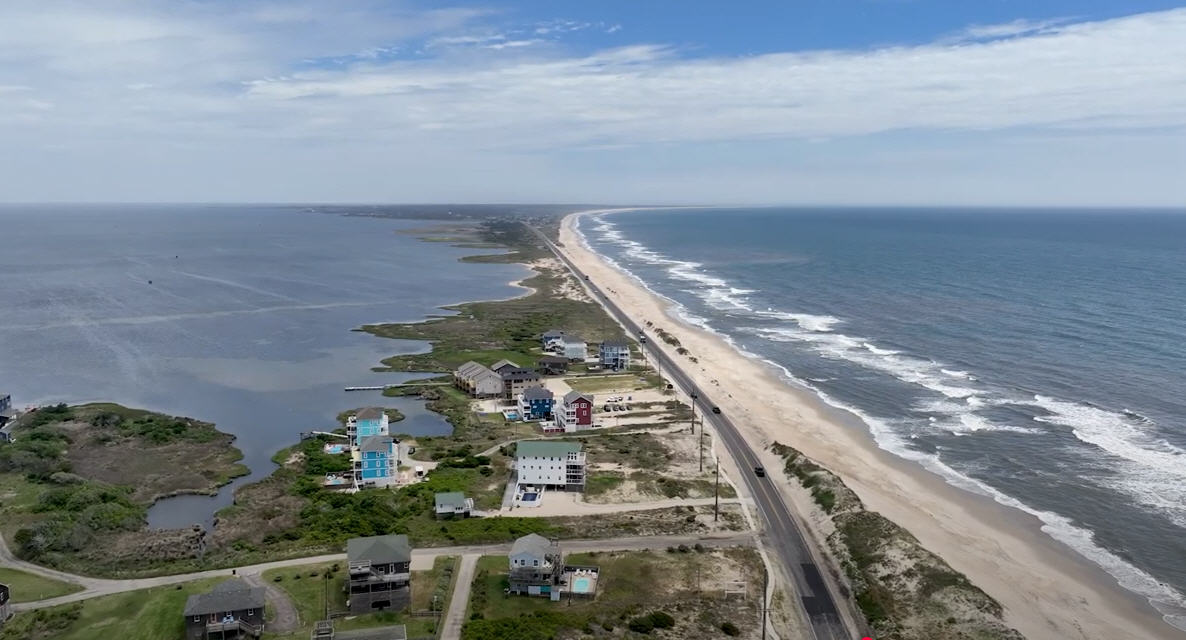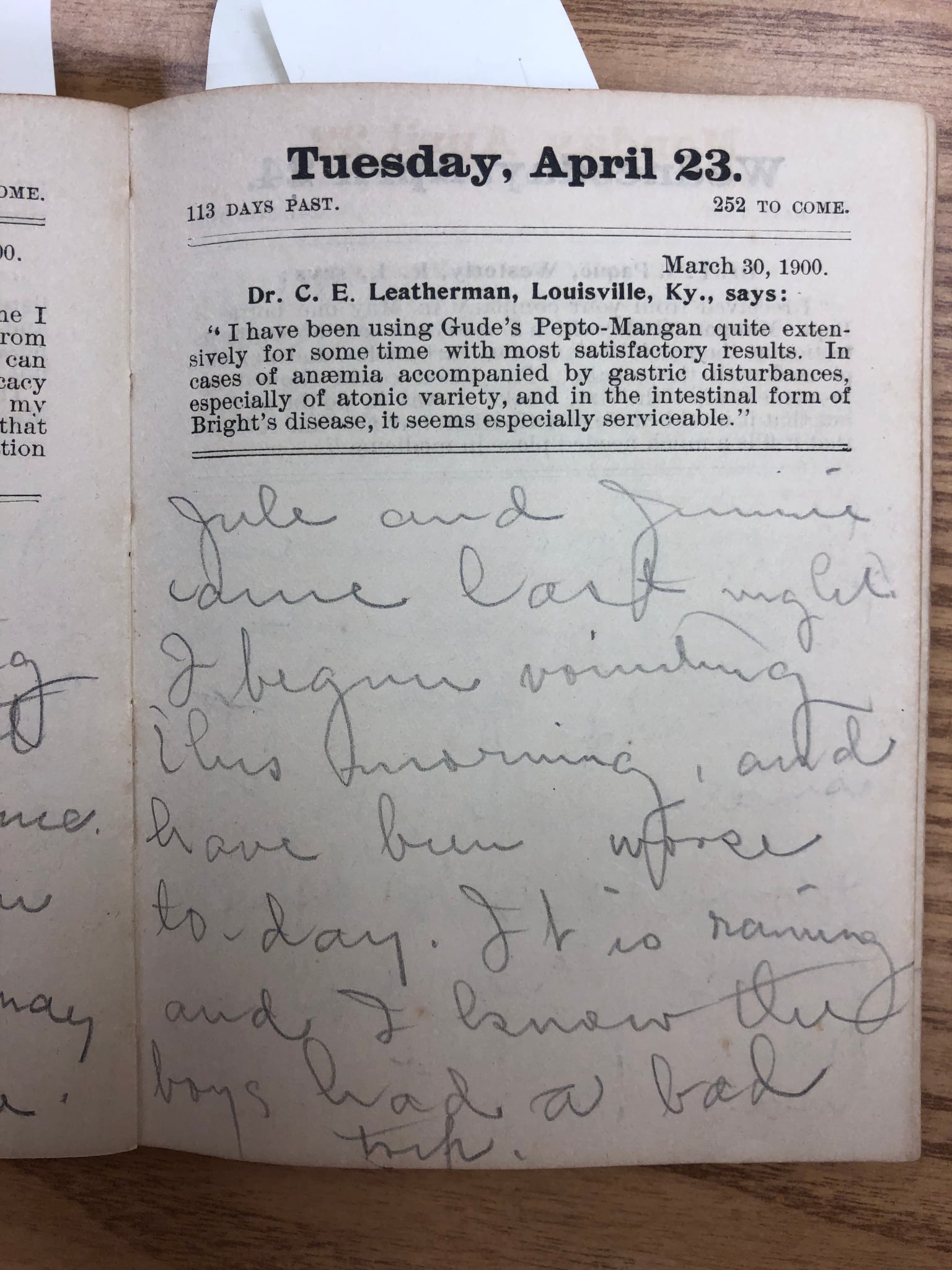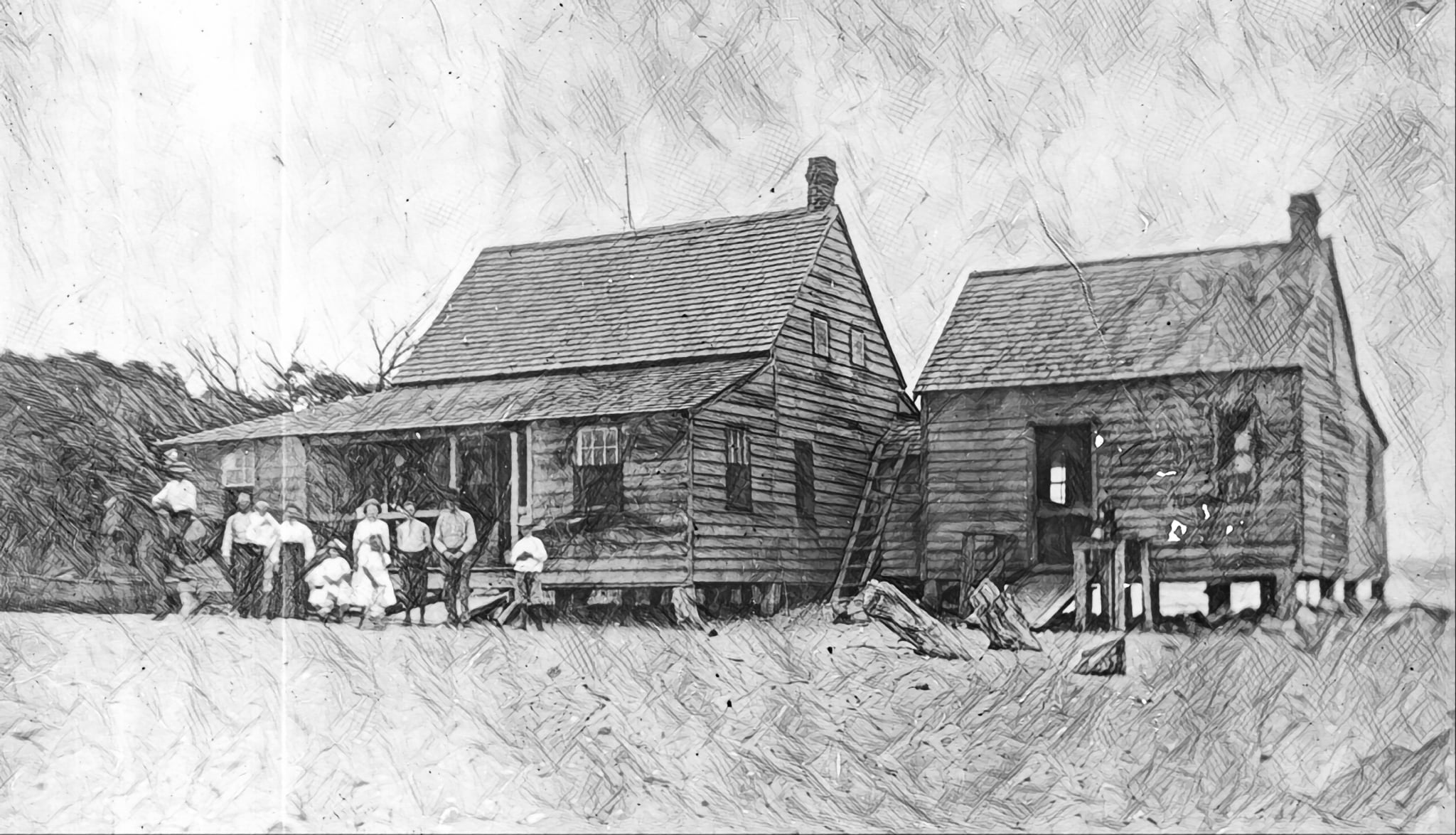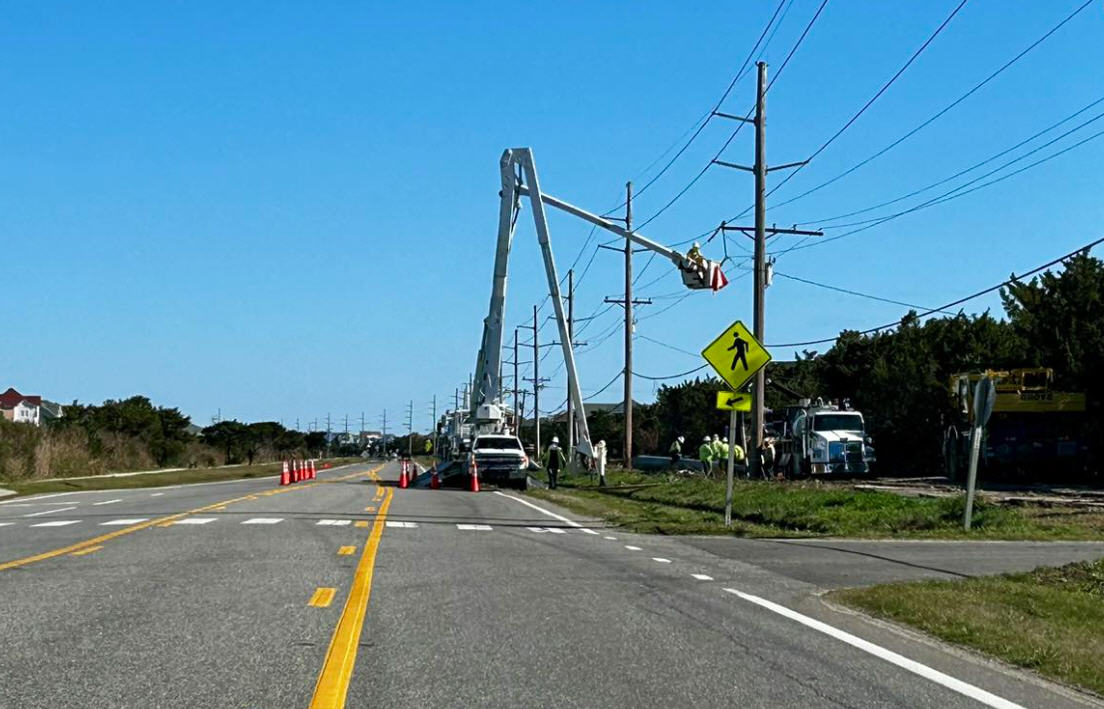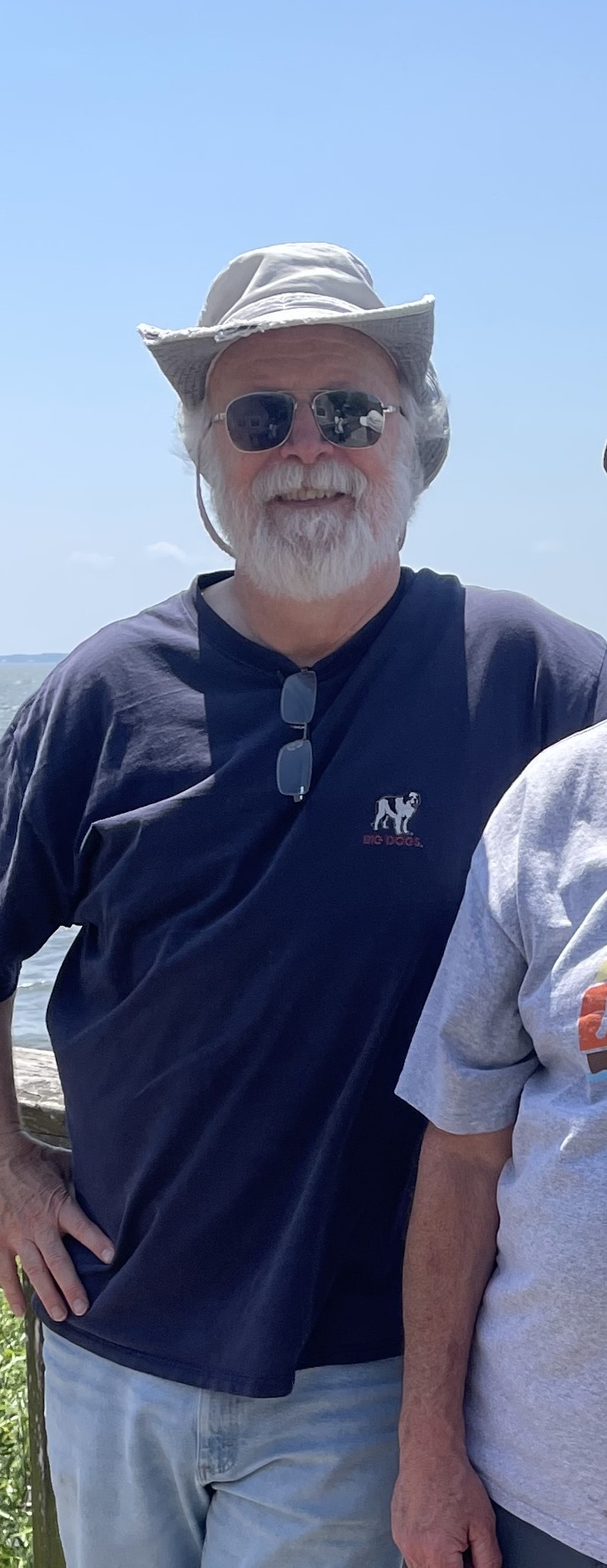Night Sky: The Leonid meteor shower, and more highlights for November
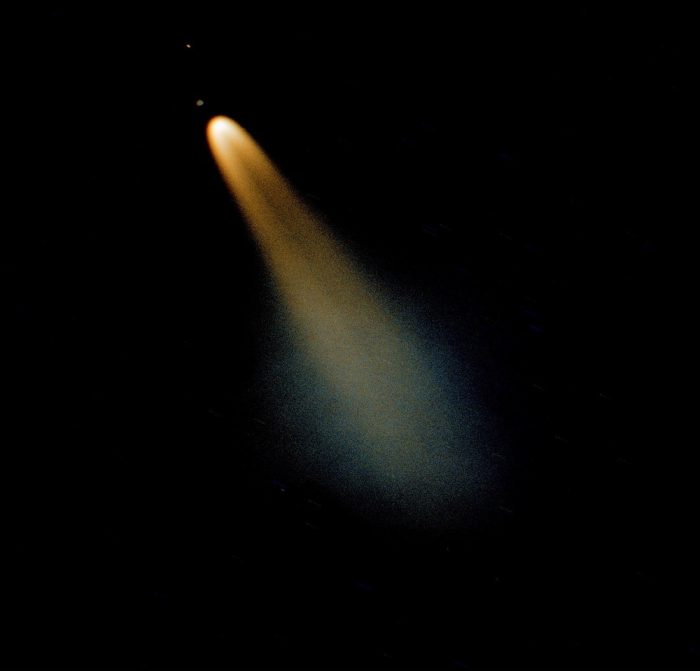
Saying Goodbye to the Atlas Comet!
I took the image above of Comet C/2023 A3 (Tsuchinshan-ATLAS) at 6:10 a.m. on September 30 as it was approaching the Sun.
On October 12, I got this picture of it just above the Western Horizon as it was starting to accelerate away from the Sun:
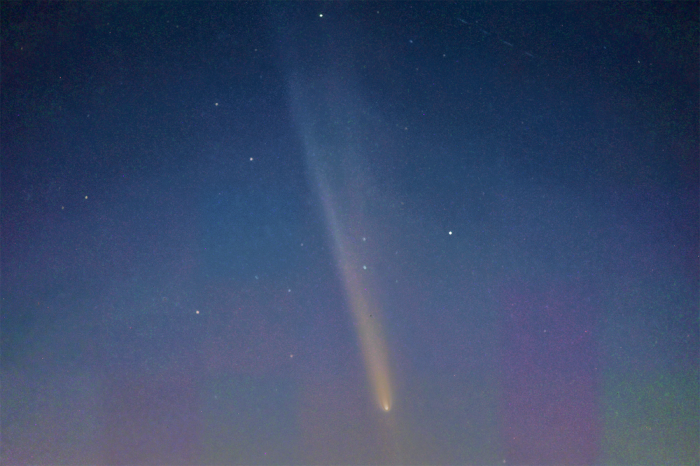
And finally on October 25, I took this shot of the Atlas Comet as it leaves us for another 50,000+ years.
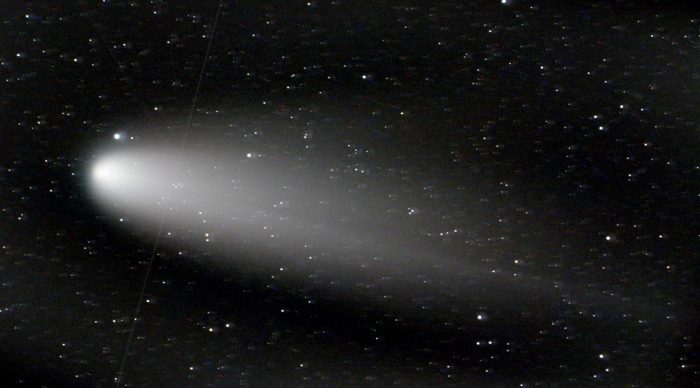
If it seems like I’m a little overboard on this comet, it’s because I am. In my 74 years, I’ve only seen two comets with my naked eye and the Atlas Comet is the better of the two. If you haven’t seen it yet, it’s already out of sight to the naked eye for most people.
You can still see the Atlas Comet in the evening skies with a good pair of binoculars or a small telescope. On November 1, it will be located about 40 degrees above the south-west horizon at 7:00 p.m.
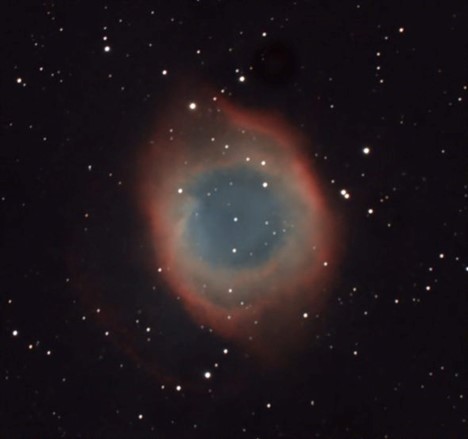
This is NGC 7293, the Helix Nebula. It starts the evening about 30 degrees above the south-east horizon.
The Helix Nebula is my favorite planetary nebula. It was discovered by Karl Ludwig Harding sometime around 1826. Even though it has a visual magnitude of +7.2 and is about half the size of the full moon, it’s difficult to view through binoculars and small telescopes. The Helix Nebula is 655 million light years away from us.
What you can look for in October’s Night Skies
Comet C/2023 A3 (Tsuchinshan-ATLAS) will be about 40 degrees above the Western horizon right after sunset on Nov. 1. With a visual magnitude of +6.3, you will need a good pair of binoculars or a telescope to see it.
The Leonid meteor shower peaks on the night of November 16. You can expect about 15 shooting stars per hour. This shower rises just after midnight. The best viewing will be between 3 and 4 AM. The Leonids are famous for producing spectacular fireballs. Just look to the northeast. You’ll know if you’re lucky enough to see one!
The planets are still very visible throughout the night. Venus is visible just about 16 degrees above the southwestern horizon shortly after sundown. It sets at 8:09 p.m. Saturn will be about 30 degrees above the south-eastern horizon. Neptune will appear between the horizon and Saturn, but you’ll need a telescope or good binoculars to view it. Uranus rises at 7:00, followed by Jupiter at 8:21, and Mars at 11:12.
Moon Phases:
New Moon is November 1
1st Quarter is November 9
Full Moon is November 15
Last Quarter is November 22


